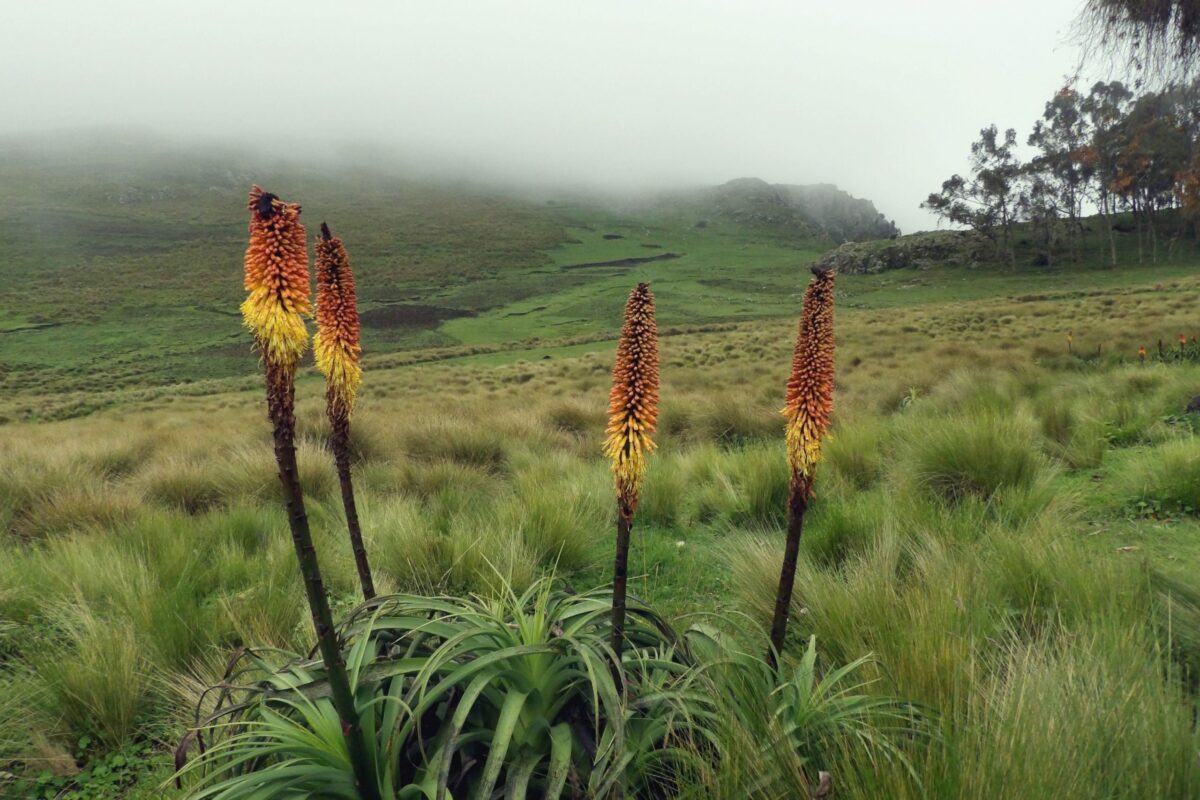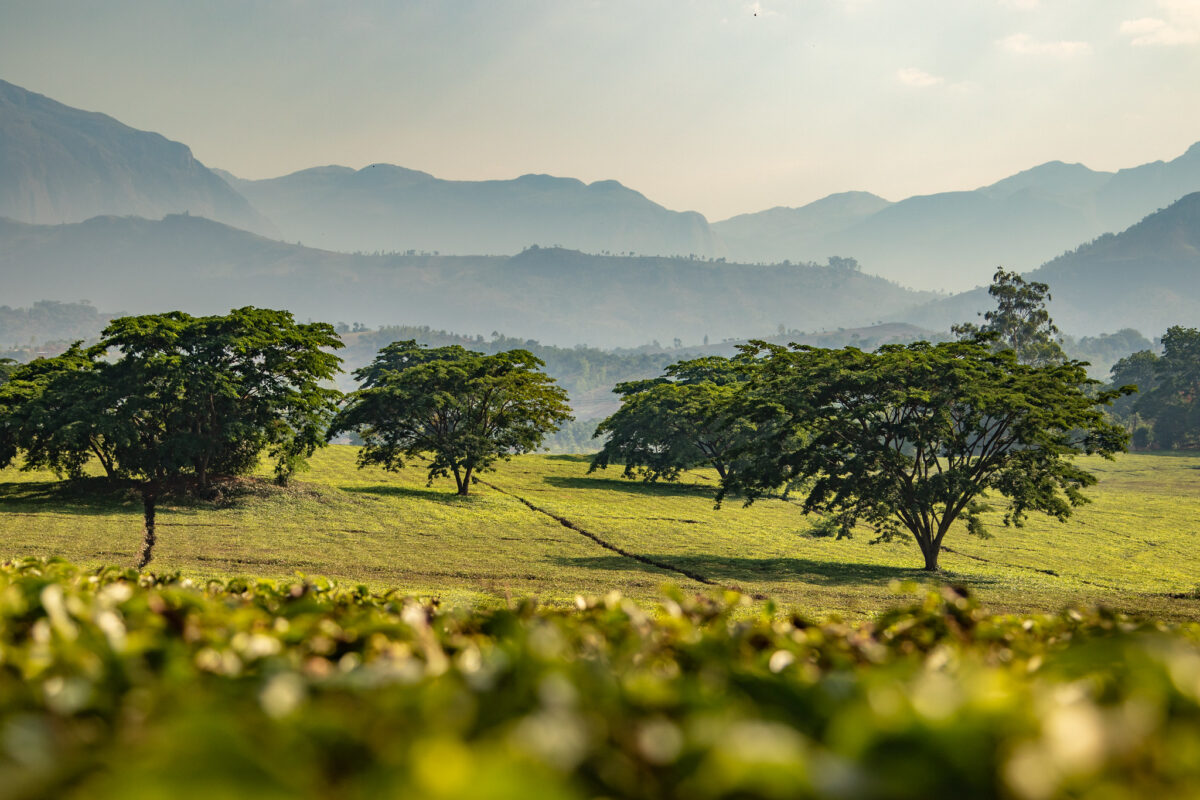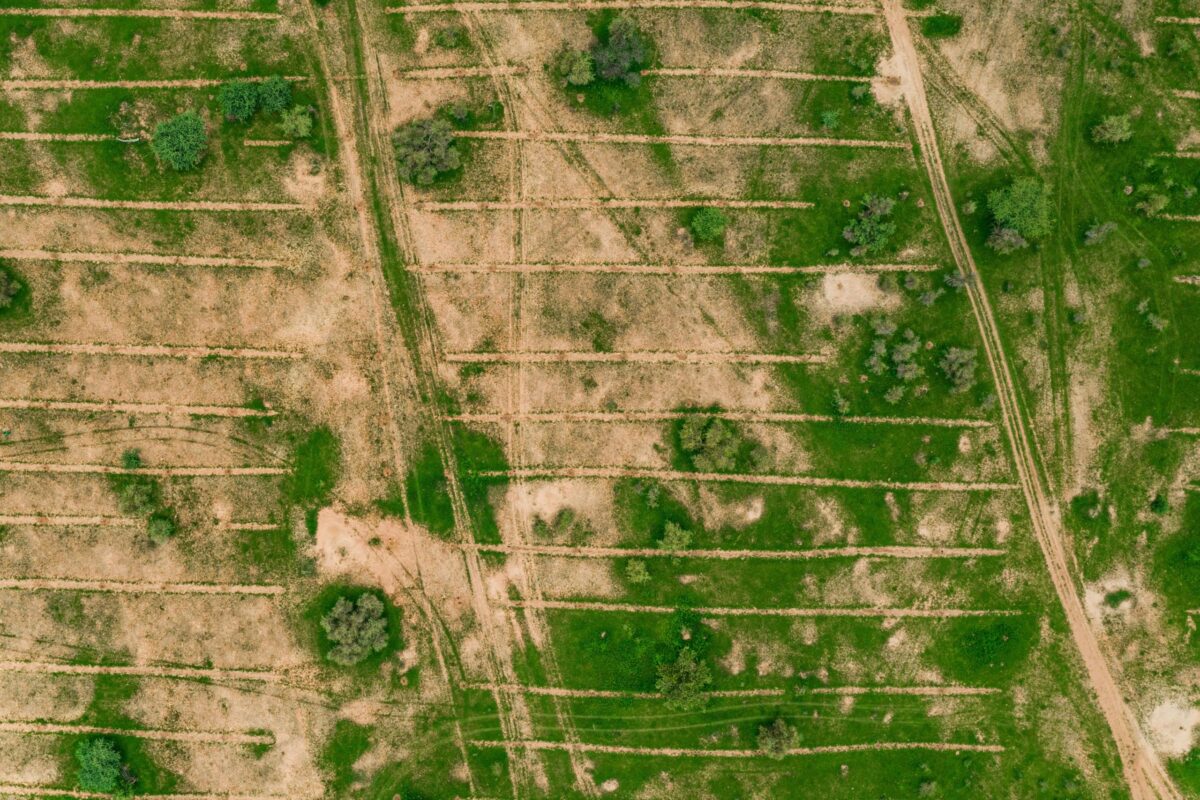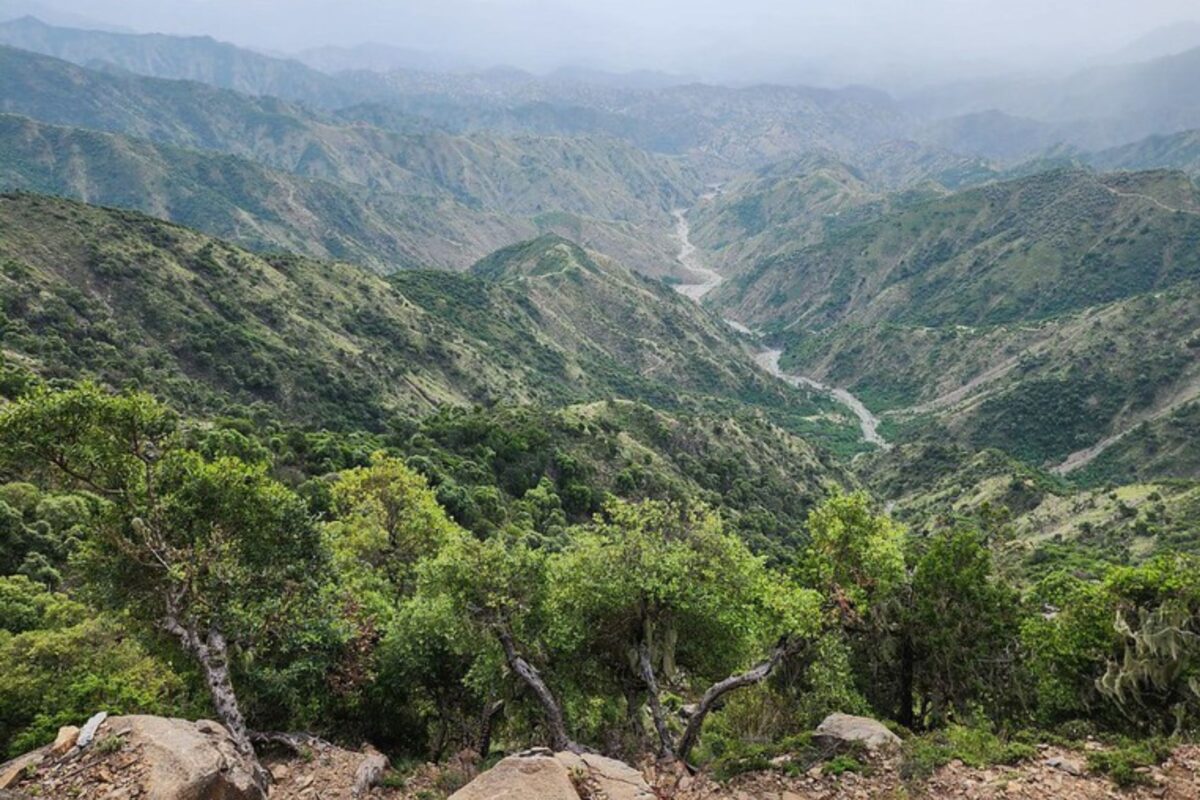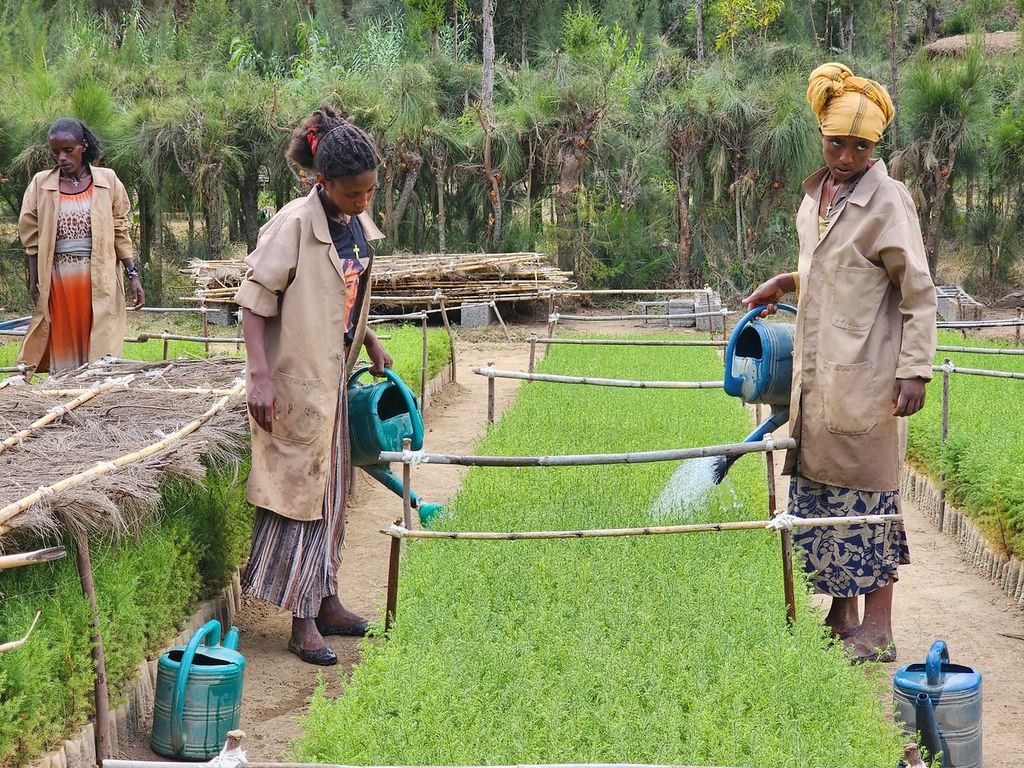Wetlands store an impressive amount of carbon in biomass above and below ground, in woody debris and litter and deep in their soils in particular. ‘Histosols’ are the peaty soils that often form in wetlands and, because organic matter, such as plant and animal remains, decomposes slowly where water is present, they are extremely rich in organic material and important reservoirs of carbon.
A new interactive map launched last month that shows the estimated distribution and carbon stocks of wetlands around the world. Registered users can verify and contribute to the map based on their own research and on-the-ground knowledge.
To find out more click here.


